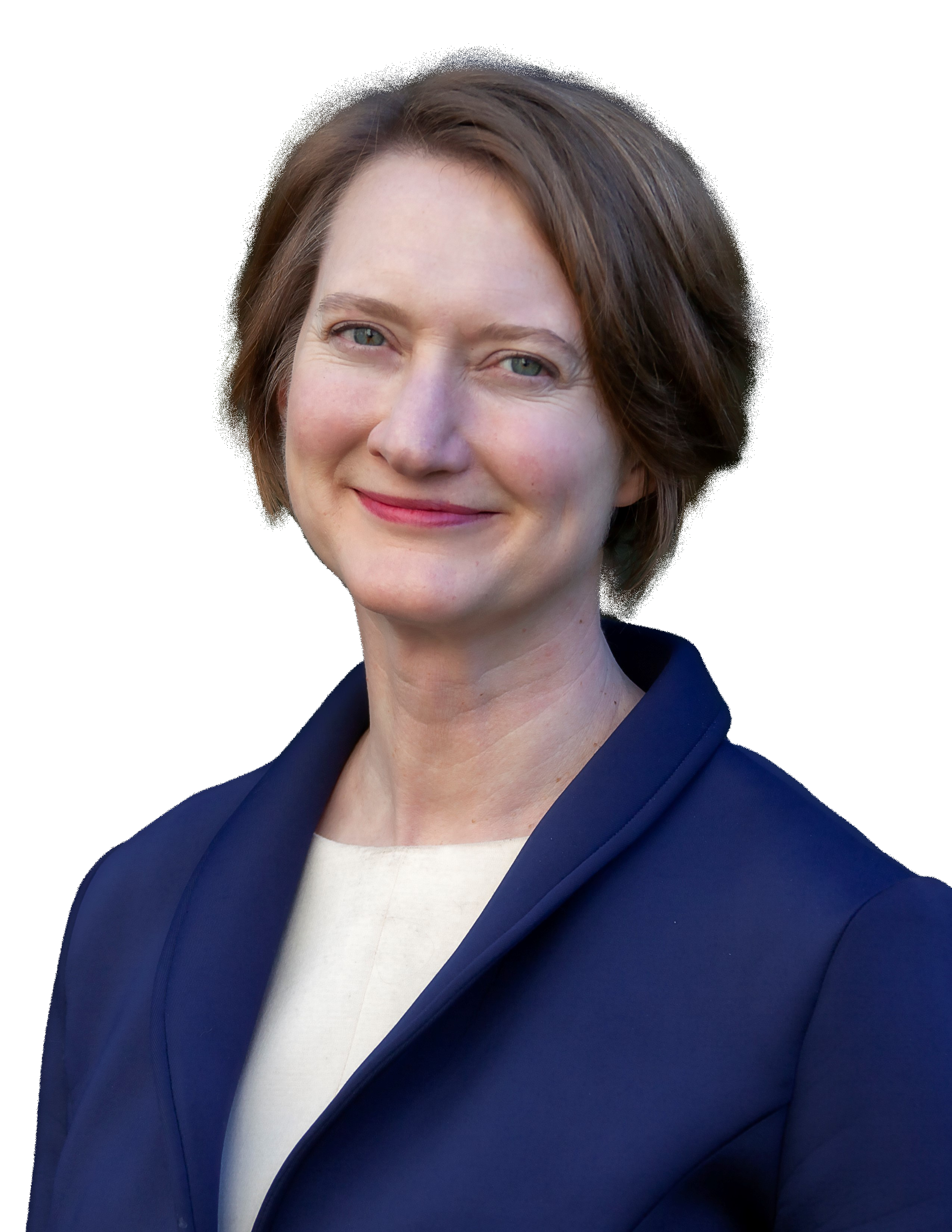
California High-Speed Rail (CAHSR) is the first system of its kind in the US, connecting Los Angeles to San Francisco in less than three hours (and eventually extending to Sacramento and San Diego). No doubt a demanding and complex proposition, the trains will massively contribute to economic development, a cleaner environment, create jobs and preserve agriculture.
Appointed to her position just over a year ago, we speak to Margaret (Meg) Cederoth who is an accredited Urban Planner with over 20 years of experience working in transportation and sustainability planning, land use, and international planning. Meg currently serves as the Director for the Planning and Sustainability program for CAHSR. Her appointment means a more active role in refining policy and practice for the planning and sustainability teams for the high-speed rail authority.
While the global pandemic may have affected Meg’s usual way of collaborating with stakeholders (in person, over a cup of coffee), it certainly hasn’t affected her team’s planning work. Now more than ever, the recognition for planners to address wider social, environmental and economic issues is far greater than just designing and delivering transit systems to achieve transportation outcomes. “There is a sharp focus on the project development at the station sites to get them up and running, and we have two main drivers in place for this,” Meg explains. The first driver for the team is to get functional facilities designed, ready and constructed to initiate service. The second is to trust partnership building and continue forming new partnerships with local jurisdictions to activate station sites in advance of service. This activity is about bringing the vision for revitalized city centers to life.
The Central Valley is a great place to prove the power of high-speed trains, thus the decision to implement the first segment of the high-speed line here. While there is already a good train ridership in this region, high-speed trains in the Central Valley will double current ridership, according to Authority data. Meg recognizes the need to ensure we are creating enough opportunities to attract people to the site. She says, “generating station activity is essential to attracting commercial development.” She is quick to address there is a fundamental role to play in creating this station activity, and as part of the wider 2025 goal, the testing of trains in the system will provide the perfect excuse to bring people to these sites and engage their interest in the system.
When asked what challenges are presented through transitioning to remote planning, Meg proudly notes the way in which everyone has collectively risen to the challenge and responded positively to COVID-19. “While its evident planners love to physically be in the geographic sites they are working in, it’s been so fantastic to see the online innovation and collaboration that has taken place due to the lockdown. Site investigations are all managed digitally, and our environmental colleagues have been very successful with moving their engagement online. The level of participation has been exceptional and heart-warming to witness.”
With the current strain on public transportation needs and the future of CAHSR a vision in progress, Meg emphasizes that while all public transit is still in a state of shock, public transportation very much still remains a “vital tool for communities.” There will always be a role for public transportation, it is essential for maintaining access to jobs and reducing congestion. The project is intended for the next century and Meg confidently assures us that it will most definitely bounce back.
It is interesting to reflect on the biggest opportunity and lesson the COVID-19 outbreak and public protests have taught us - the willingness to bring about change, very quickly. While you’d hope the driver not be a global pandemic, it is evident to see that people are a lot more open-minded and most certainly capable of change. Amidst the aftermath of extreme wildfires that have choked California’s air with smoke, the Governor of California has been very clear that climate change is real and cannot be denied. Meg believes it has opened our eyes to understand and realize that we can and are able to make a collective difference towards our planet. “One hopes that instead of looking at climate change as an intractable, unsolvable problem, people will make a choice to help achieve a wider positive change for the greater good.”
Over the next few months, Meg is determined to achieve her set goals for the sustainability team. Having spent most of this year collating and implementing documentation of the practices throughout the authorities for third-party verification, going forward there is a tremendous focus on verifying the final set of information relating to high performance. Independently, the planning team will also endeavor to approach and complete the final design and delivery of the 20-acre site in downtown Fresno to prepare it for the procurement phase. Meg fully recognizes the difficulties both teams face in conducting the project digitally, but she is calm and confident that the short-term crisis will not derail their strategic vision and commitment to the continued ongoing progress the CAHSR has made.
